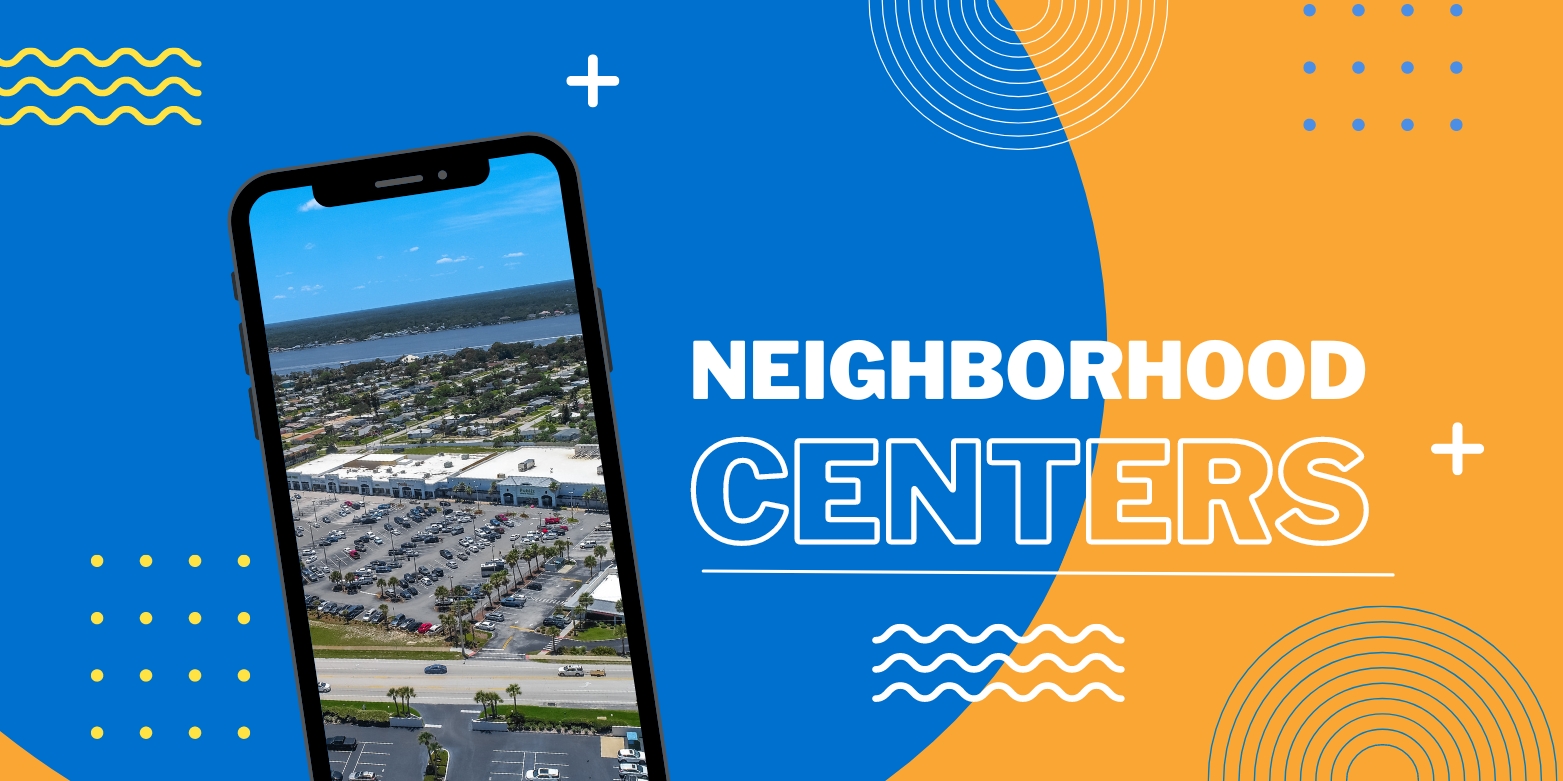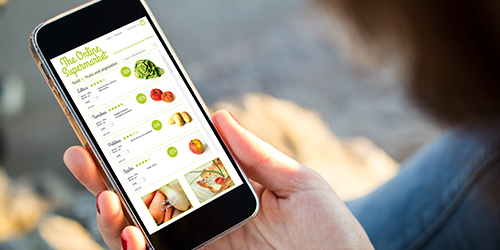Published On Sep 15, 2015
in Grocery
Millennials, or America’s youth born between 1982 and 2000, now number 83.1 million and represent more than one quarter of the nation’s population. Their size exceeds that of the 75.4 million baby boomers, according to new U.S. Census Bureau estimates released in June 2015. They wield $200 billion in annual purchasing power, and they are known for wanting it all, and wanting it all now.
Grocers are shifting their business strategies to attract millennials in new ways. Three factors that stand out to me as the ones driving the biggest impact: experience, convenience, and value.
Millennials Buy Experiences
For millennials, grocery shopping is a far cry from stocking up on weekly staples. They want to walk into a store where they can find healthy options, explore unusual food, and get ideas for how to prepare it. Also worth noting is that millennials tend to shop on impulse and for particular recipes, according to the Food Marketing Institute, making the in-store experience critical to reaching millennials emotionally.
As a result, new service and marketing tactics—many adapted from restaurants—have entered grocery stores: dining areas, food samples, cooking demos and classes, free Wi-Fi, complimentary coffee, and wine tastings.
When grocery stores create an experience for their shoppers, they make the shoppers feel like they are part of a community, and grocery shopping feels like less of a chore. Creating an experience for shoppers will help grocery store owners bring customers into their stores, without having to cut prices. Experiential shopping trends that I have seen at grocery stores include cooking classes, a dietitian on site to assist with healthy eating, and utilizing skilled butchers and fishmongers to deliver premium cuts and share advice and expertise with shoppers.
Grocers have also been turning to social media including Facebook, Twitter, Pinterest, YouTube and Instagram – providing recipes for customers, as well as alerting them to current in- store deals. Customized apps also make it convenient for customers to download coupons.
In an effort to cash in on the popularity of locally brewed drinks, Kroger has added craft beer taps at three of their Dayton-area stores. The stores have received nearly a dozen craft beer taps for filling growlers - a jug that shoppers can refill over and over. Kroger is planning on adding taps to two more stores in Cincinnati. If they find success in doing so, they will continue to add the beer taps in locations nationwide.
Millennials Crave Convenience
The grocery store grew out of the notion of selling a wide range of food. That concept of variety is more important than ever to millennial shoppers. They seek amenities such as in-store order pickup and mobile-driven checkout, as well as food options to meet every diet—organic, vegetarian, vegan, gluten-free, etc. For other millennials who are short on time and healthy cooking prowess, pre-made food is a boon.
Online shopping gained steady momentum in the early 1990s and grocers took notice. Grocery chains began to roll out home-delivery and in-store pickup in an effort to stay competitive and keep up with the evolving consumer trends. One example is Harris Teeter’s Click and Connect – customers order online and choose a time and place to pick up their order for a small fee; Kroger indicated that this technology was a key factor in their acquisition of Harris Teeter. I am regularly hearing about partnerships with Amazon, Uber and Instacart.
Grocers continue to look at reducing the time spent in checkout lines, including new scanning technology and store count technology that helps alert managers when to staff up the checkout lanes. Kroger has also been experimenting with a 7,500-square-foot format that is a combination grocery/convenience store concept.
Retailers Adapt to Attract Millennials
Even though millennials are entering their peak years of consumption (the oldest millennials are about 35), they remain bargain hunters. Forty-nine percent of millennials said budget limitation was the #1 issue making shopping more difficult, according to the recent “Food Shopping in America” report. Whole Foods’ launch of its lower-priced counterpart shows how the industry continues to adapt to millennials’ price sensitivity.
In addition to Whole Foods, we see other stores testing the same concept to attract millennials. For example, Target is starting to carry more Greek yogurt, bagged coffee and craft beers to attract younger shoppers and make it feel less like a discount store. Trends are showing that packaged and processed foods are becoming less popular with the millennial consumers so they are pledging to add more organic, natural, and gluten-free foods.
In spite of being budget minded, they have been dubbed as the ‘foodie’ generation as they look for elevated eating experiences and often use their dining as a form of self expression and storytelling.
Blue Apron, who was named one of the most innovative start-ups of 2014, combines this desire for convenience and their love of food with a service that offers fresh ingredients and great recipes that are delivered weekly to households nationwide.
These factors—experience, convenience and value—are also what we look for in grocers when evaluating centers to acquire. For instance, we recently acquired the Shops at Uptown in Park Ridge, Ill., a suburb of Chicago. The center is anchored by Trader Joe’s—a favorite among millennials for its healthy, value-priced offerings—and is part of a mixed-used development with apartments and easy access to the metro. Average household income in this area exceeds $100,000.
A strong demographic makeup, grocery anchor, and tenant mix come together to create a shopping center well-aligned on consumer shopping trends and well positioned for growth. Millennials are leading food trends, and grocers should continue to improve the experience for this important demographic.
Jeffrey Edison





